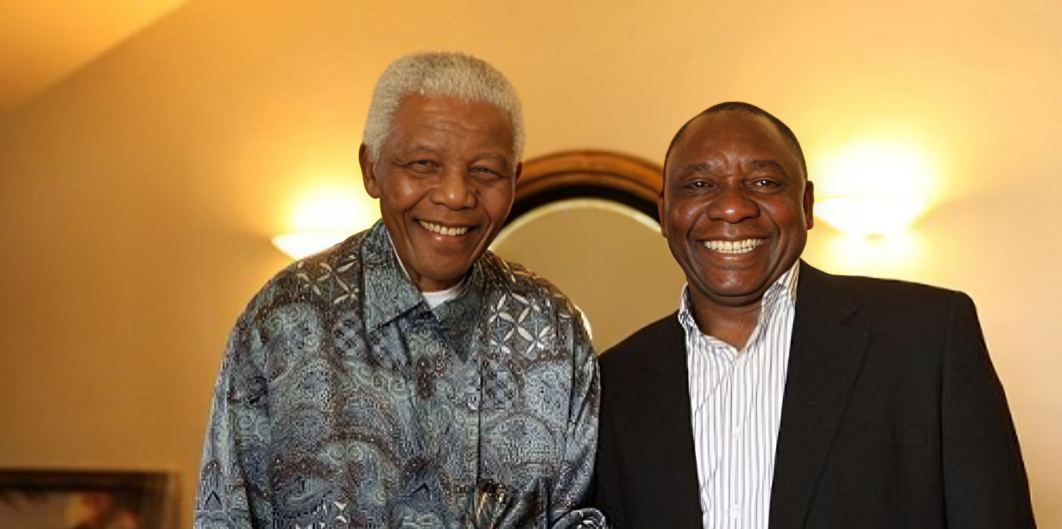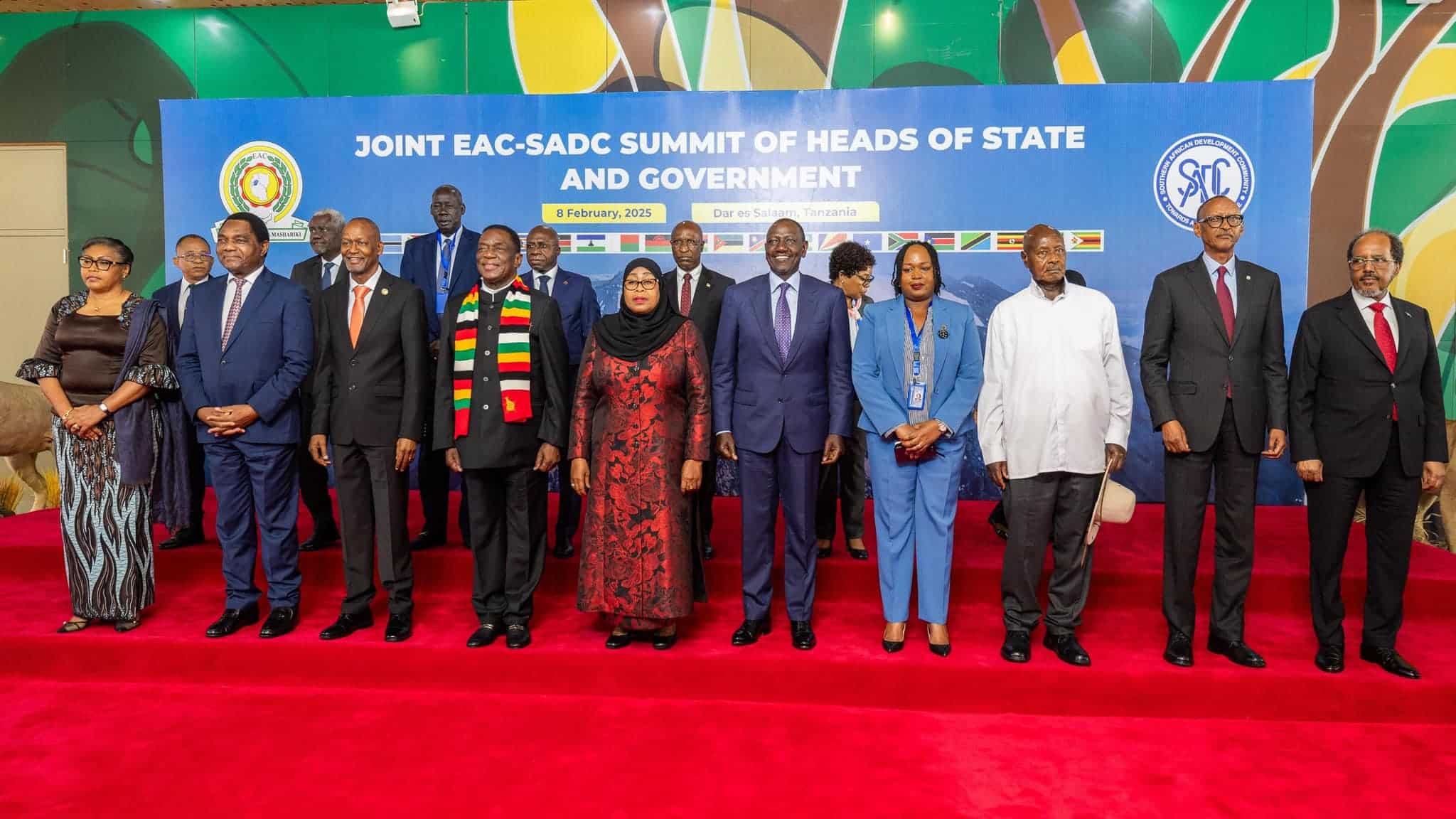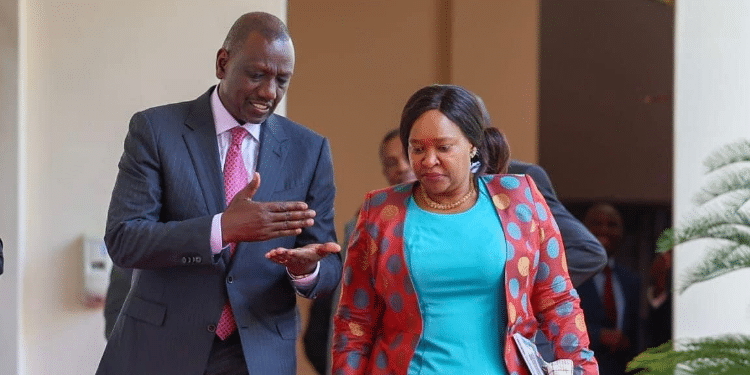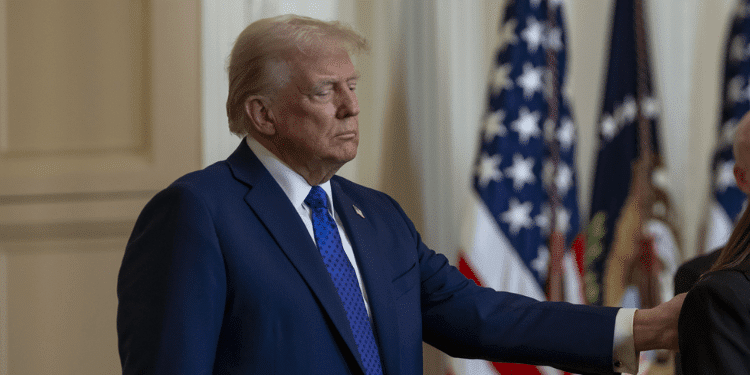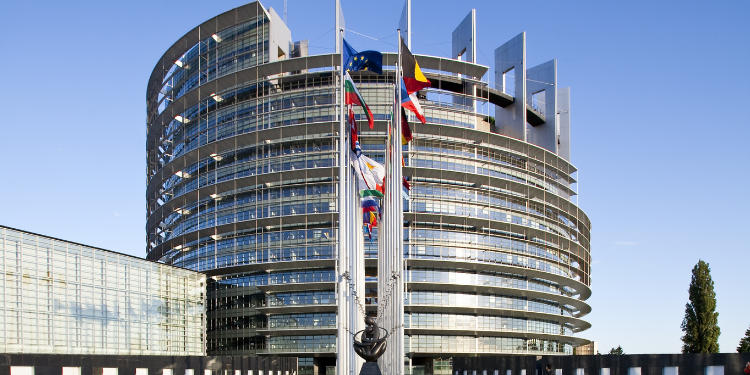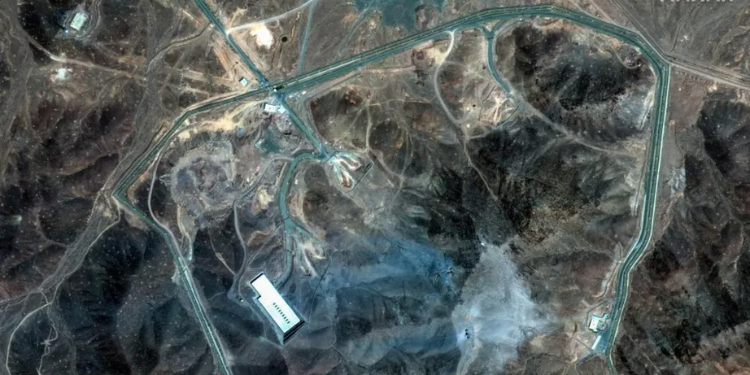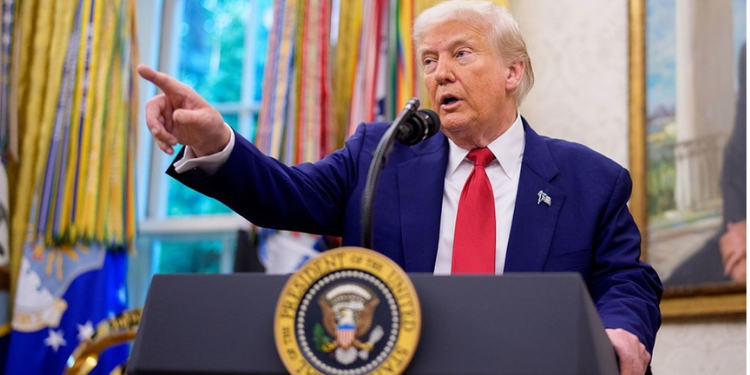The European Union (EU) finds itself in a very difficult situation in 2025, facing ever-escalating U.S. tariffs under President Donald Trump’s second term.
These tariffs, part of a broader strategy to address a trade deficit exceeding $1.2 trillion in 2024, have prompted the EU to develop strategies to shield its economy.
Drawing on insights from Agathe Demarais, a Senior Policy Fellow on Geoeconomics at the European Council on Foreign Relations, and recent developments, we address how Europe can protect itself, highlighting the challenges, strategies, and economic implications.
U.S Tariff Landscape
The U.S. has long used its dominance in global finance and technology as economic weapons, historically targeting adversaries like Iran and China.
However, under Trump’s 2025 policies, this approach has extended to allies, with tariffs announced on April 2, 2025, initially setting a 10% rate on all countries effective April 5, and higher reciprocal tariffs on countries with large trade deficits effective April 9
The U.S. philosophy is to address a national emergency caused by trade practices that have hollowed out manufacturing and made the defence-industrial base reliant on foreign adversaries, invoking the International Emergency Economic Powers Act of 1977 (IEEPA).
On April 9, 2025, Trump announced a 90-day pause on tariffs for most countries, except China, where tariffs were hiked to 125%.
Also Read: European Union Responds to Ruto Recognising Kosovo as Sovereign Nation
This pause, however, did not prevent the EU from approving retaliatory tariffs, starting April 15, 2025, on U.S. products like poultry, grains, clothing, and metals, with a second set scheduled for May 15, 2025.
These measures target $420.45 billion in EU exports to the U.S., potentially imposing over 80 billion euros in duties, an 11-fold increase from previous levels.
Europe’s Vulnerabilities and Strengths
The EU’s deep economic ties with the U.S. make it vulnerable to tariffs, financial sanctions, or technology restrictions.
Demarais notes that the EU is heavily linked in trade, finance, and technology, which could be weaponized by the U.S., especially given Trump’s unpredictable approach.
However, the EU has significant geoeconomic assets, including access to its vast consumer market, control over SWIFT (headquartered in Brussels), and technological leaders like ASML and Ericsson.
The EU has shown its geoeconomic muscle, notably by leading efforts to freeze Russia’s central bank reserves in 2022 and imposing sanctions on Russian oligarchs post-Ukraine invasion.
Strategic Approaches for Durability
Drawing inspiration from the 1864 Grafton shipwreck survivors, the EU plans to use three strategies.
First, the EU plans to maintain unity within its member states. Fragmentation risks are high, with member states potentially seeking exemptions (e.g., France lobbying to protect bourbon exports).
The EU also plans to avoid bilateral deals with the U.S., as seen in concerns over Italian Prime Minister Giorgia Meloni’s Washington visit, drawing parallels to the EU’s unity during Brexit negotiations.
To counter U.S. tariffs in 2025, the European Union (EU) is focusing on long-term resilience by deepening its single market, boosting innovation financing, and securing new trade deals.
By enhancing integration across its 27 member states, the EU can create a more robust internal economy, less vulnerable to external shocks like U.S. tariffs, which threaten a 0.3% GDP contraction.
By investing in technology and entrepreneurship, the EU can reduce dependence on U.S. tech giants, a key vulnerability if the U.S. imposes restrictions. Supporting firms like ASML and Ericsson strengthens Europe’s technological chokepoints, enhancing its global influence.
Pursuing free trade agreements with non-U.S. partners diversifies Europe’s economic ties, mitigating risks from U.S. tariffs and potential trade diversion from China.
Leveraging Economic Tools
The EU possesses a robust set of economic tools to counter U.S. tariffs, but their deployment requires careful calibration due to political sensitivities and the risk of unintended consequences.
The Anti-Coercion Instrument, designed to respond to economic coercion from countries like the U.S., China, or Russia, is a key asset. This tool allows the EU to impose measures such as trade restrictions or financial penalties when a country weaponizes economic ties to advance its interests.
However, its use against the U.S., a key ally, is politically fraught. While the instrument could theoretically target U.S. firms or sectors, its untested nature raises questions about its practical application.
Also Read: Elon Musk Sends Message as He Leaves Trump’s Administration
Deploying it risks escalating tensions, particularly given Trump’s unpredictable approach, which links issues like tariffs, defense spending, and currency policy in ways that defy traditional diplomatic norms.
Instead of direct action, the EU is strategically using the threat of economic tools to maintain credibility without triggering a broader trade war.
For instance, the EU could impose fines or taxes on U.S. tech giants, leveraging its control over a vast consumer market to pressure companies reliant on European access.
These tools, combined with the threat of regulatory measures against U.S. firms, position the EU to negotiate from strength, even as it grapples with its dependence on U.S. technology and banking services.
Recent Developments and Negotiations
On April 2, 2025, Trump announced “Liberation Day” tariffs, initially setting a 10% rate on most countries effective April 5, with higher reciprocal tariffs for nations with large trade surpluses
On April 9, a 90-day pause was granted for most countries, except China, which faced a 125% tariff rate.
This pause, followed by a further delay of 50% tariffs on the EU until July 9, 2025, after a call between Trump and EU Commission President Ursula von der Leyen on May 26, offers a critical window for negotiations.
Follow our WhatsApp Channel and X Account for real-time news updates.




































